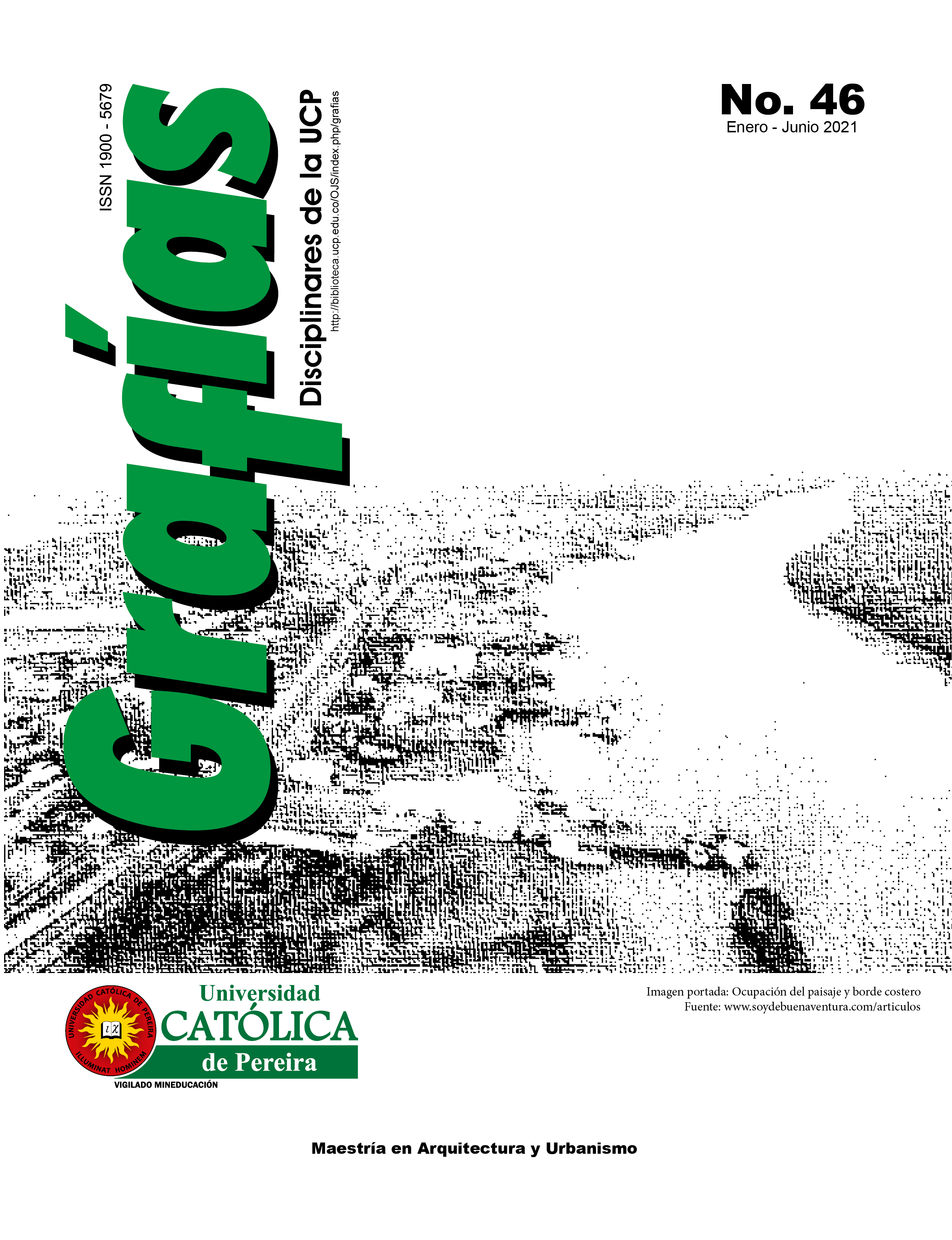Weaving the city of Calarcá – Quindío from the revitalization of a national road to an urban road crossing
DOI:
https://doi.org/10.31908/grafias.v0i46.2873Keywords:
Fragmentation, integrated urban planning, mobility, environment, public space, equipmentAbstract
This article gives an account of how to transform a national road passage into a sustainable green corridor that allows weaving two fragmented shores by the existing infrastructure that today crosses the interior of the urban land of the municipality of Calarcá, department of Quindío, which connects the capital of Colombia (Bogotá) with the most important seaport in the country, located in the municipality of Buenaventura, department of Valle del Cauca. It is worth mentioning that the Ministry of Transport, through the National Institute of Roads (Invías), is leading a new road layout outside the respective urban perimeter, in order to connect the complementary works to the development of tunnels and viaducts built, in a way that allows a more expeditious connection for the strengthening of the country’s economy. Thus, the road network linking the American and Asian continents will be consolidated within the framework of the so-called World Land Bridge/ Lyndon H. Larouche. Under this opportunity, the respective project develops the articulation of the urban ecological structure as the main articulating element in addition to the main roads, intersections and public space that guarantee safe accessibility to the different urban services, which will allow giving back to the city, among others , the environmental quality mainly due to CO2 emissions, functional, socioeconomic and institutional that, for so long, has been affected by the passage and permanence of vehicles, mainly by freight transport.


